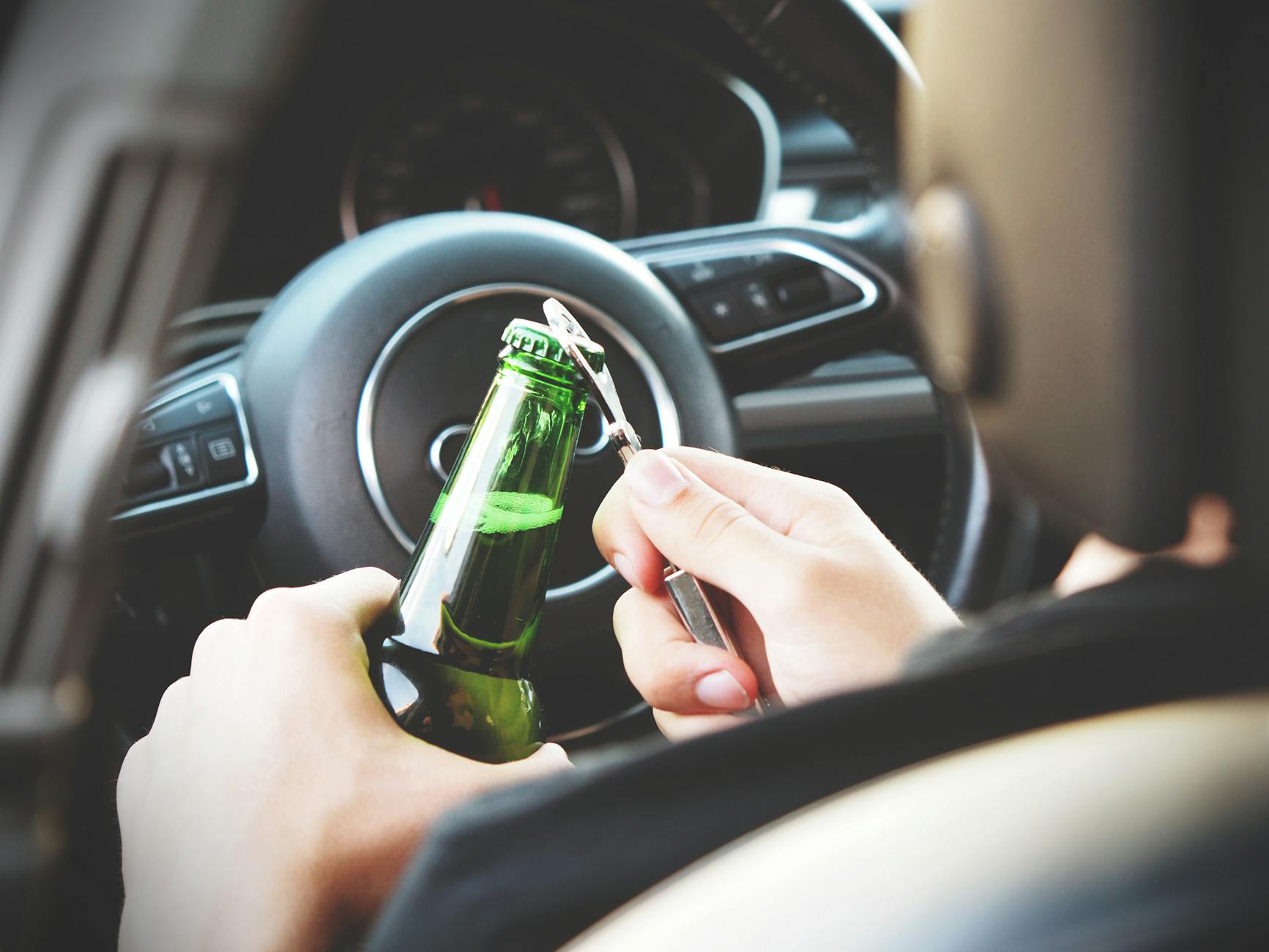Unlock the secrets of calculating your intoxication level with our Beer Math 101 guide – you’ll never look at a drink the same way again!
Table of Contents
Have you ever found yourself pondering the age-old question: how many beers does it take to get drunk? Whether you’re a seasoned drinker or just curious about the science behind intoxication, understanding the factors that influence how alcohol affects your body is crucial. In this blog post, we’ll delve deep into the world of alcohol metabolism, individual tolerance levels, and the various influencing factors that can determine how many beers it takes to reach a state of intoxication.
Alcohol Metabolism
Alcohol metabolism is a complex process that begins as soon as you take your first sip. When you consume alcohol, it is absorbed into your bloodstream through the stomach and small intestine. From there, it is metabolized by the liver, where enzymes break down the alcohol into acetaldehyde, a toxic substance that is further metabolized into acetate and eventually expelled from the body.
Factors that influence how quickly alcohol is metabolized include genetic predisposition, liver health, and the presence of food in the stomach. Additionally, the concentration of alcohol in beverages plays a significant role in intoxication levels. Beers with higher alcohol content will likely lead to quicker intoxication than lighter beers.
Individual Tolerance Levels
Tolerance is a highly individualized trait that varies from person to person. Factors such as age, gender, weight, and overall health can all influence an individual’s ability to handle alcohol. Someone with a higher tolerance may be able to consume more beers before feeling drunk, while someone with a lower tolerance may feel the effects after just one or two.
It’s important to pay attention to your own tolerance levels and know when to stop. Signs of intoxication include slurred speech, impaired coordination, and impaired judgment. If you start to feel drunk after just a few beers, it’s best to slow down and pace yourself to avoid overconsumption.
Influencing Factors
Body weight and size play a significant role in how alcohol affects the body. Generally, larger individuals can tolerate more alcohol than smaller individuals due to differences in body composition and metabolism. Similarly, gender can also impact alcohol metabolism, with women typically having a lower tolerance than men due to differences in body fat percentage and enzyme levels.

Image courtesy of thisiswhyimdrunk.wordpress.com via Google Images
External factors such as food intake, hydration levels, and medications can also influence how alcohol is absorbed and metabolized in the body. Eating a meal before drinking can slow the absorption of alcohol, while dehydration can exacerbate the effects of alcohol and lead to faster intoxication. It’s important to be mindful of these factors and make responsible choices when consuming alcohol.
Conclusion
As we’ve explored in this blog post, the answer to the question of how many beers it takes to get drunk is not a simple one. Alcohol metabolism, individual tolerance levels, and various influencing factors all play a role in determining intoxication levels. By understanding these factors and knowing your own limits, you can make informed decisions about your alcohol consumption and practice Responsible drinking habits.
Remember, it’s always better to err on the side of caution and know when to say when. Pay attention to how alcohol affects your body, listen to the signals it’s sending you, and make sure to prioritize your safety and well-being when drinking. Cheers to informed decision-making and responsible enjoyment of this age-old beverage!
FAQ
How does alcohol metabolism work?
Alcohol is absorbed into the bloodstream through the stomach and metabolized by the liver into acetaldehyde, acetate, and eventually expelled from the body. Factors like genetics, liver health, and food intake can influence metabolism speed.
What factors impact individual tolerance levels?
Age, gender, weight, and overall health play a role in alcohol tolerance. Someone with higher tolerance may handle more beers before feeling drunk, while signs of intoxication include slurred speech and impaired coordination.
How does body weight affect alcohol tolerance?
Generally, larger individuals can tolerate more alcohol than smaller individuals due to differences in body composition and metabolism. Gender differences also play a role, with women typically having lower alcohol tolerance than men.
What external factors can influence alcohol metabolism?
Factors like food intake, hydration levels, and medications can impact how alcohol is absorbed and metabolized. Eating a meal before drinking can slow alcohol absorption, while dehydration can intensify alcohol effects. It’s essential to consider these factors for responsible alcohol consumption.
Generated by Texta.ai Blog Automation


Leave a Reply